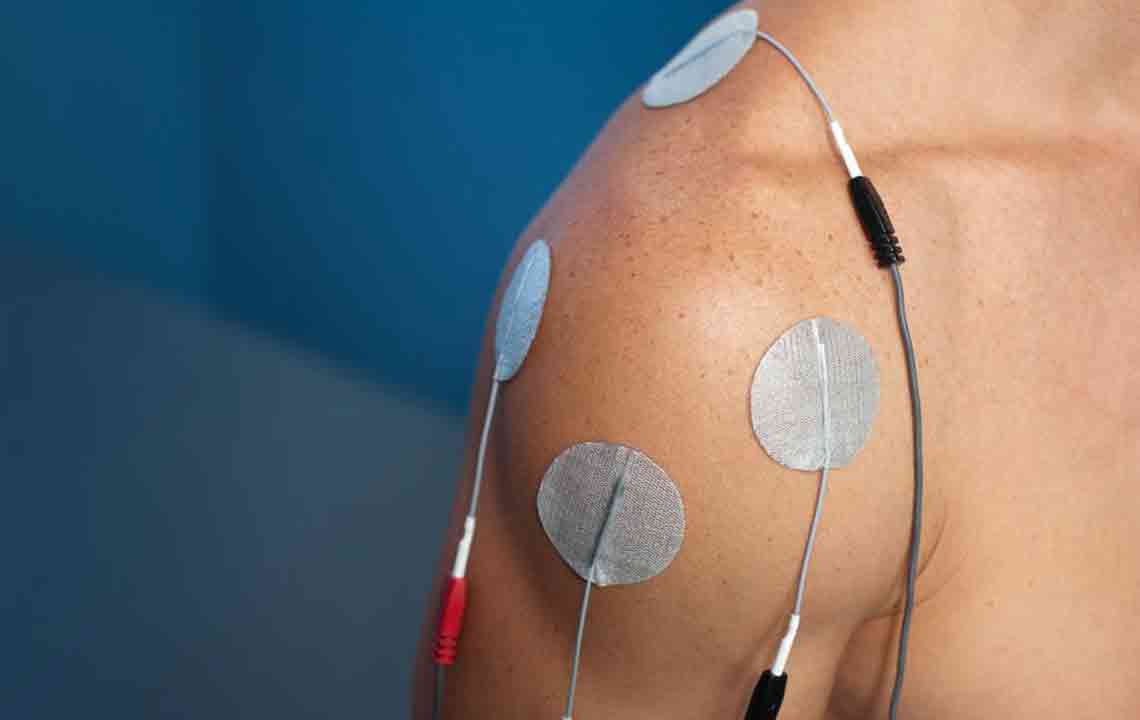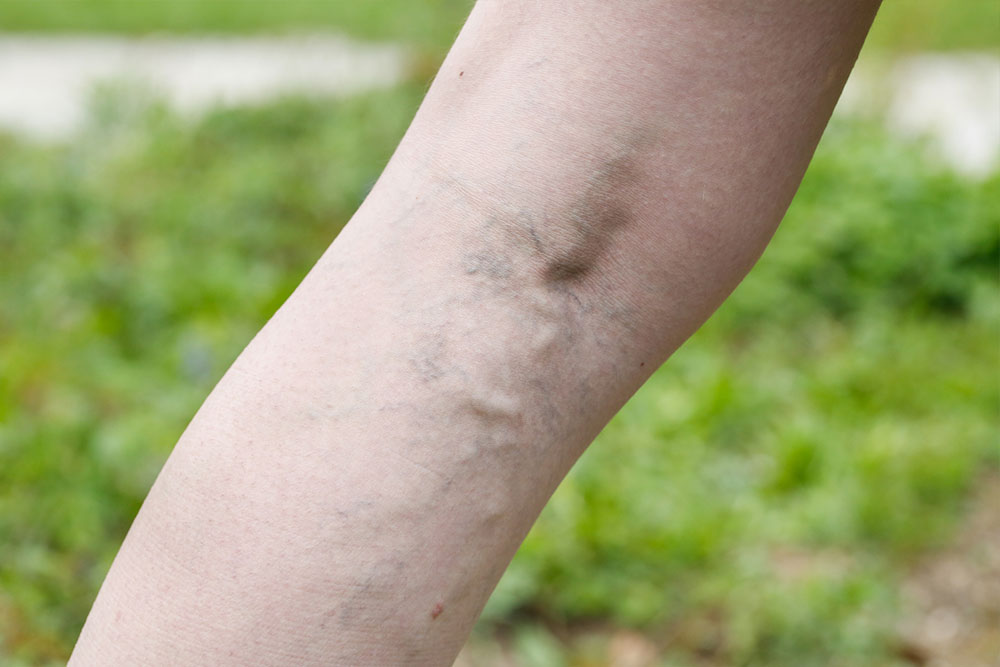Effective Strategies for Fast Relief from Frozen Shoulder
This article explores effective methods for treating frozen shoulder, emphasizing physical therapy, medications, minimally invasive procedures, and lifestyle changes to promote quick recovery and pain relief. Suitable for adults suffering from shoulder stiffness, the strategies aim to restore mobility and reduce discomfort efficiently.

Effective Strategies for Fast Relief from Frozen Shoulder
Frozen shoulder, or adhesive capsulitis, limits shoulder movement due to stiffness and pain. It often results from injuries, overuse, diabetes, or stroke, and is most common among adults aged 40–70, especially women. Typically, it resolves naturally in 12–15 months, but targeted treatment can accelerate recovery. Treatment options focus on pain relief and restoring flexibility, including physical therapy, medication, and minimally invasive procedures.
Physical Therapy for Frozen Shoulder involves stretching, strengthening exercises, massage, and thermal therapies, guided by a healthcare professional.
Stretching Techniques: Prior to exercises, applying a heat pack helps warm muscles. Common stretches include:
Pendulum Movements: Lean over a table, let your arm hang freely, and circle it clockwise and counterclockwise for 10 repetitions. Gradually increase the circle size as pain diminishes.
Finger Walk: Face a wall, place fingertips of the affected arm on it, and walk fingers upward and sideways to stretch shoulder muscles. Repeat 10–20 times.
Cross-Body Stretch: Pull the affected arm across the chest with the opposite hand, hold for 15-30 seconds, and repeat with the other arm.
Strengthening Exercises: Once flexibility improves, incorporate resistance training using elastic bands—stretch outward and inward 10 times per session.
Therapies and Medications include cold and heat packs for pain relief—applied alternately for about 20 minutes, with safety precautions. NSAIDs like ibuprofen can reduce inflammation and pain, while paracetamol helps manage discomfort.
Corticosteroid Injections: When pain persists, steroid injections administered under imaging guidance can reduce inflammation temporarily. To prevent side effects, these should be used sparingly.
Surgical Interventions: Arthroscopic capsular release removes stiff scar tissue around the shoulder joint using minimally invasive techniques. Although surgery is rarely necessary, it may be recommended for severe pain.
Hydrodilatation: Injecting a mixture of steroids, saline, and anesthetic into the joint under local anesthesia can provide swift, short-term relief, lasting for a few months.
Lifestyle Adjustments can prevent worsening or occurrence of frozen shoulder:
Regular Exercise: Incorporate shoulder rotations and arm stretches daily, especially if your routine is sedentary.
Posture Improvement: Maintain a slightly retracted shoulder position when sitting and avoid slouching.
Control Underlying Conditions: Managing diabetes and thyroid disorders through a healthy diet and medication reduces the risk of shoulder stiffness.
Note: Our blog provides valuable insights but should not replace professional medical advice. Consult a healthcare provider for diagnosis and tailored treatment. We are not responsible for discrepancies or unmentioned options such as specific schemes or offers.










